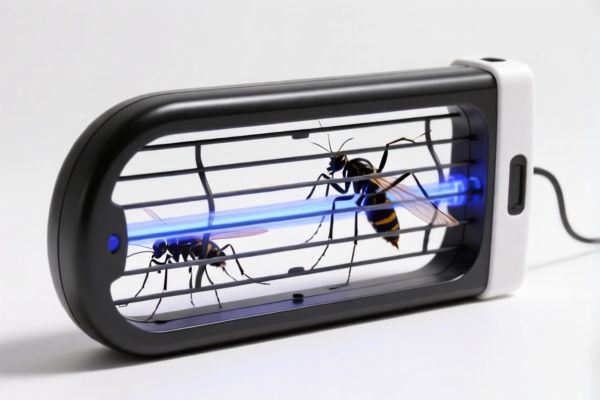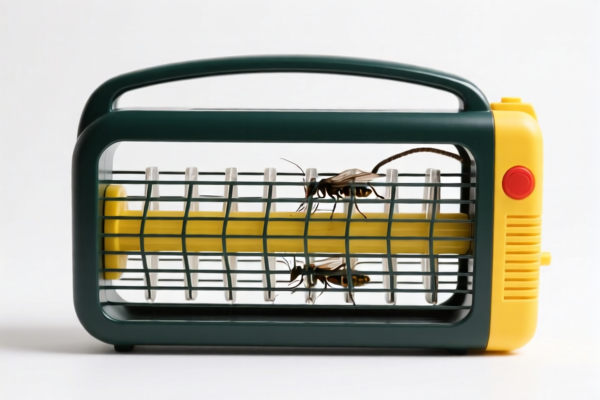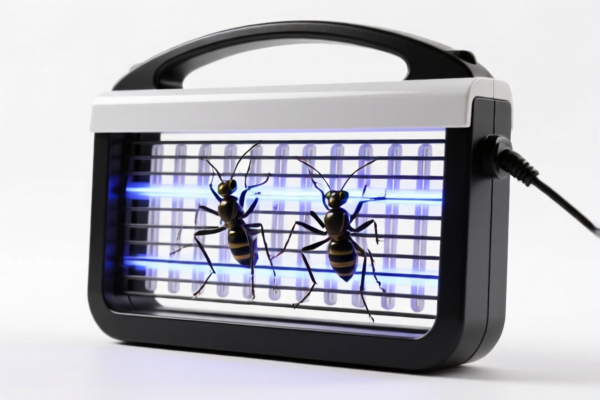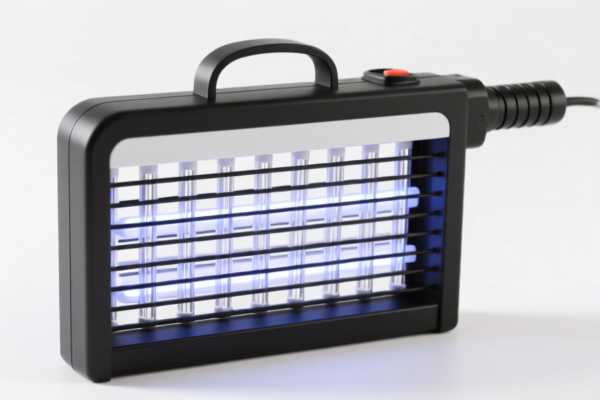| HS Code | Official Doc | Tariff Rate | Origin | Destination | Effective Date |
|---|---|---|---|---|---|
| 8509805095 | Doc | 34.2% | CN | US | 2025-05-12 |
| 8509905500 | Doc | 59.2% | CN | US | 2025-05-12 |
| 8543708000 | Doc | 55.0% | CN | US | 2025-05-12 |
| 3926909989 | Doc | 42.8% | CN | US | 2025-05-12 |
| 3904905000 | Doc | 61.5% | CN | US | 2025-05-12 |
| 3904901000 | Doc | 55.0% | CN | US | 2025-05-12 |




HS Code Classification for ELECTRIC INSECT KILLER
Based on the provided reference data, classifying "ELECTRIC INSECT KILLER" requires careful consideration of its components and function. Here's a breakdown of potential HS codes, along with explanations:
-
8509805095: Electromechanical domestic appliances, with self-contained electric motor, other than vacuum cleaners of heading 8508; parts thereof: Other appliances: Other.
- 85: Electrical machinery and equipment.
- 09: Electromechanical domestic appliances.
- 80: With self-contained electric motor.
- 50: Other appliances.
- 95: Other.
- Rationale: If the insect killer functions as a self-contained appliance (e.g., with a built-in motor for a grid or fan), this is a strong candidate. However, confirm if it's considered a 'domestic appliance' in the importing country's regulations.
- Total Tax Rate: 34.2%
-
8543708000: Electrical machines and apparatus, having individual functions, not specified or included elsewhere in this chapter; parts thereof: Other machines and apparatus: Other: Microwave amplifiers.
- 85: Electrical machinery and equipment.
- 43: Electrical machines and apparatus.
- 70: Other machines and apparatus.
- 80: Other.
- Rationale: If the insect killer utilizes specific electrical functions (e.g., UV light generation, high-voltage grid) and isn't a standard 'domestic appliance', this could apply. Note the specific mention of "Microwave amplifiers" - ensure this doesn't misrepresent the product.
- Total Tax Rate: 55.0%
-
3926909989: Other articles of plastics and articles of other materials of headings 3901 to 3914: Other: Other.
- 39: Plastics and articles thereof.
- 26: Other articles of plastics.
- 90: Other.
- Rationale: If the insect killer's housing and primary components are made of plastic, and it doesn't fall into more specific plastic categories, this could be relevant. This is likely to apply if the plastic components are significant and the electrical parts are secondary.
- Total Tax Rate: 42.8%
Important Considerations & Recommendations:
- Material Composition: The primary material of the insect killer (plastic, metal, etc.) is crucial for accurate classification.
- Functionality: How does the insect killer operate? (UV light, grid, fan, etc.).
- Detailed Product Description: Provide a comprehensive description of the insect killer, including all components and their functions.
- Importing Country Regulations: HS code classifications can vary between countries. Always consult the specific regulations of the importing country.
- Certification: Depending on the country, electrical appliances may require specific certifications (e.g., CE, UL). Check the requirements before importing.
- Single vs. Multiple Components: If the insect killer is a kit of parts, each part may need to be classified separately.
- Need to check the material and price of the product, and what kind of certification is needed.
Customer Reviews
The detailed breakdown of HS Code 8543708000 was eye-opening. I didn't realize the product might be classified under electrical machines with specific functions.
The table of HS codes and tariff rates was good, but I wish there was more guidance on how to determine which code applies based on product materials.
I found the explanation for HS Code 3926909989 useful, especially if the insect killer is made mostly of plastic. The tax rate and rationale were clear.
The breakdown of HS Code 8509805095 was really helpful. It clarified how the insect killer might be classified as a domestic appliance with a motor.